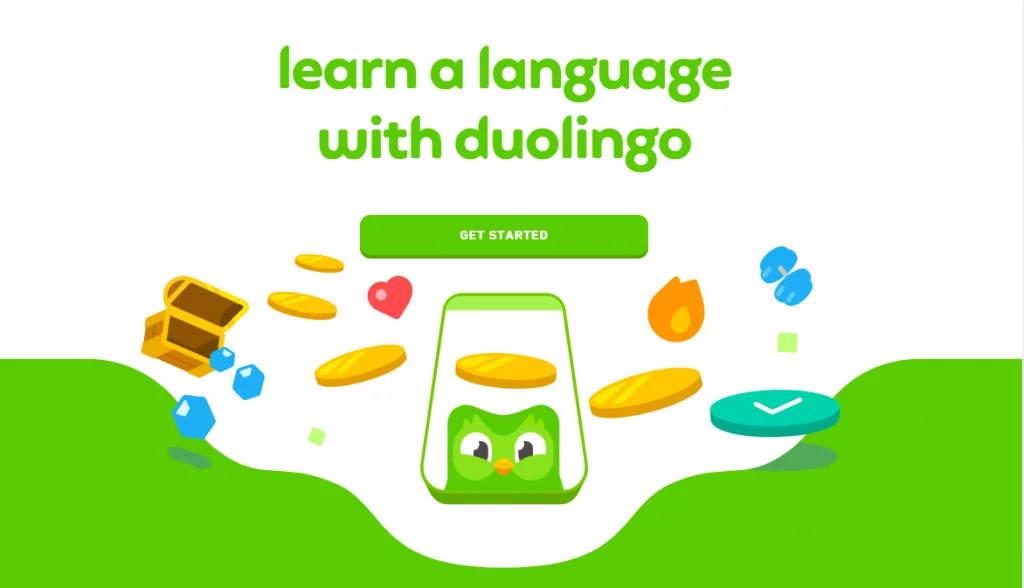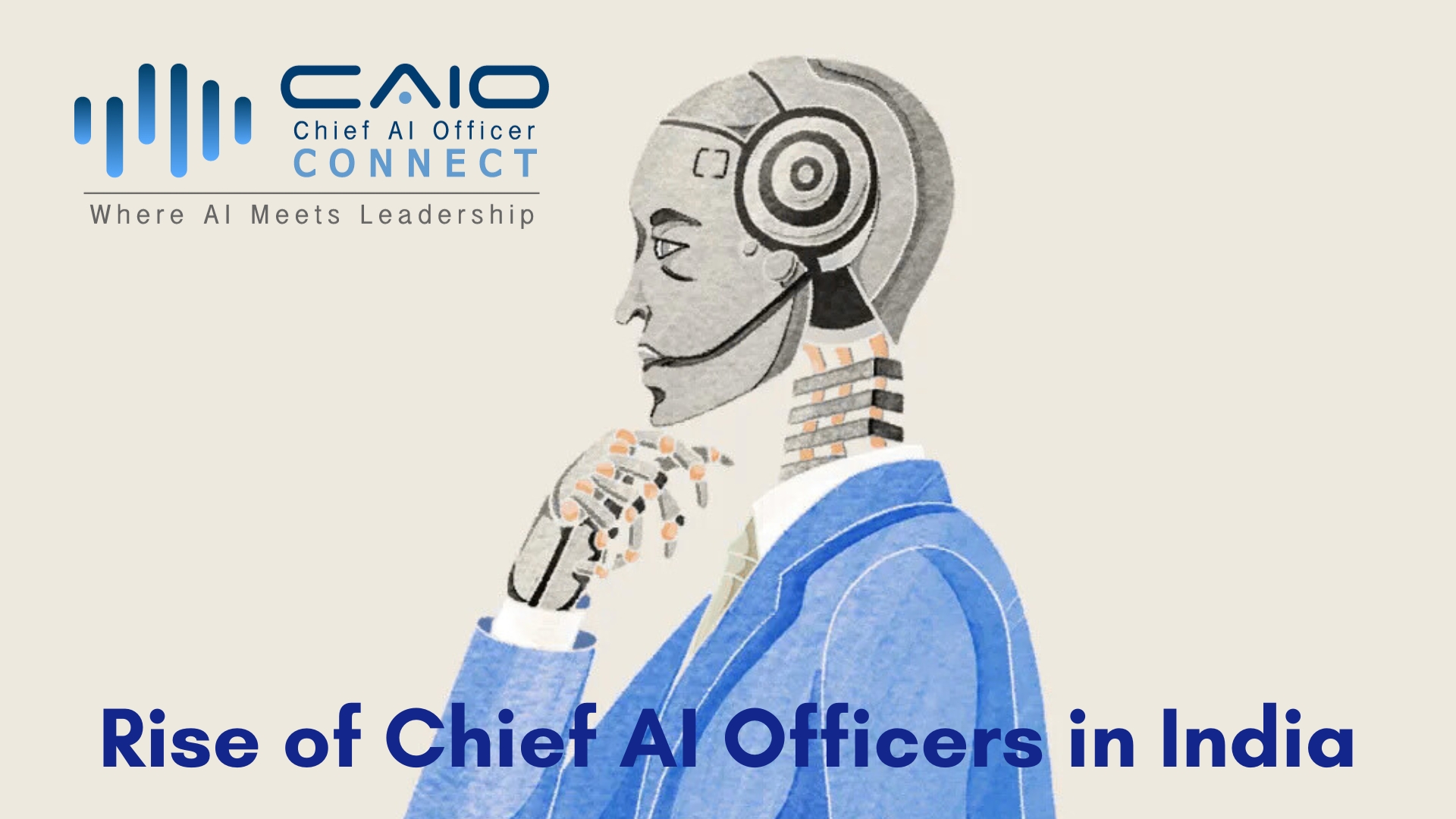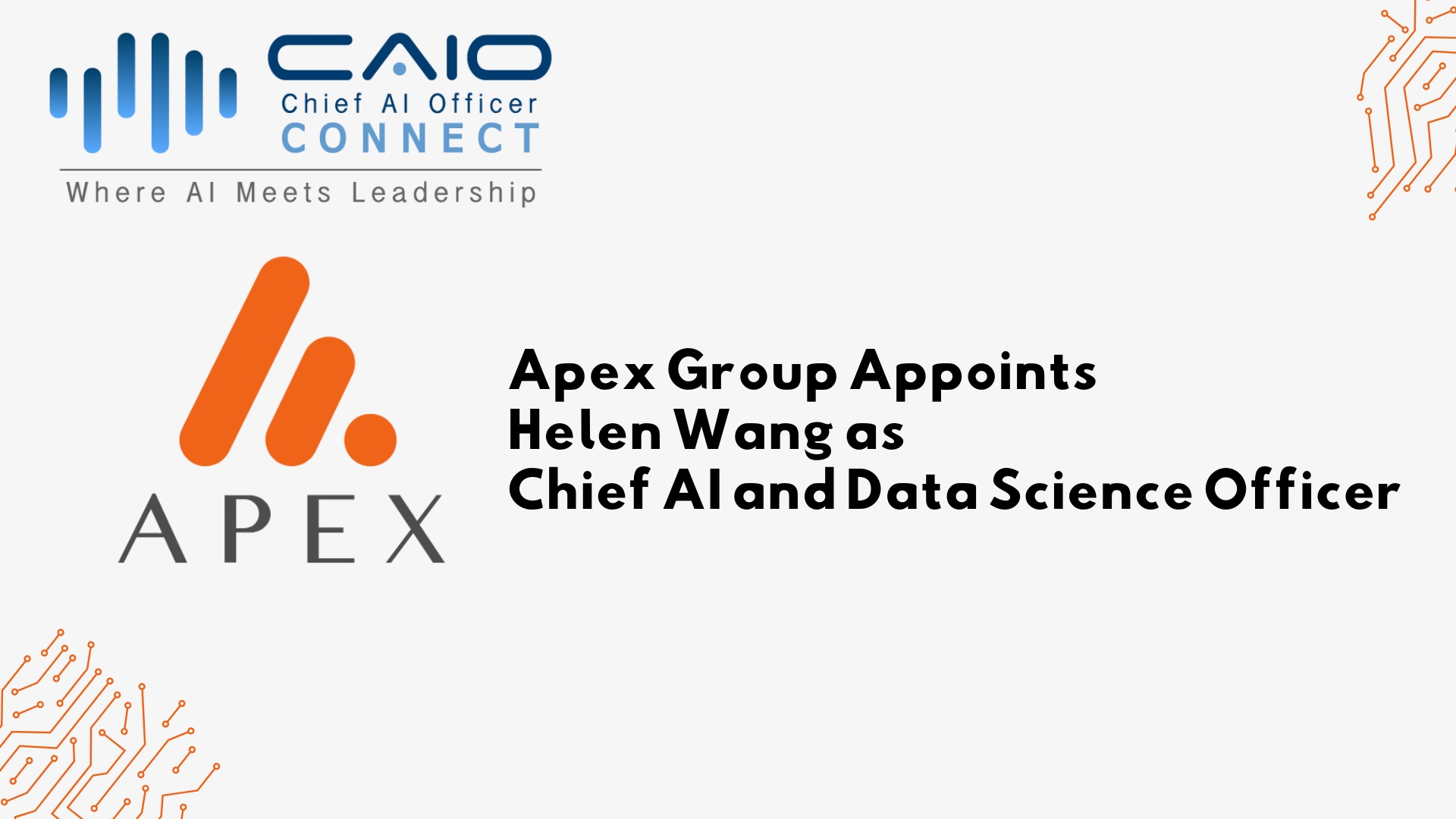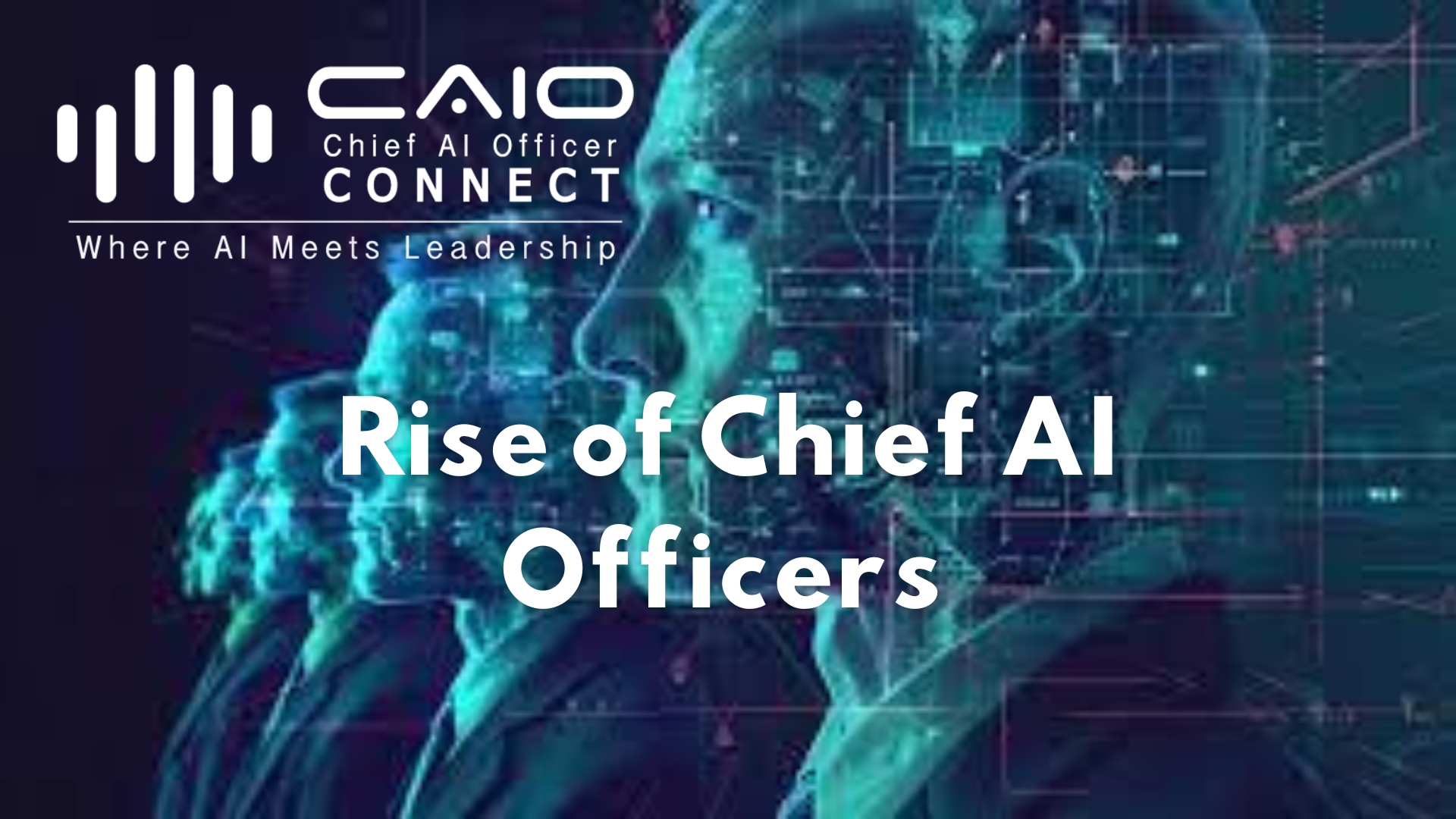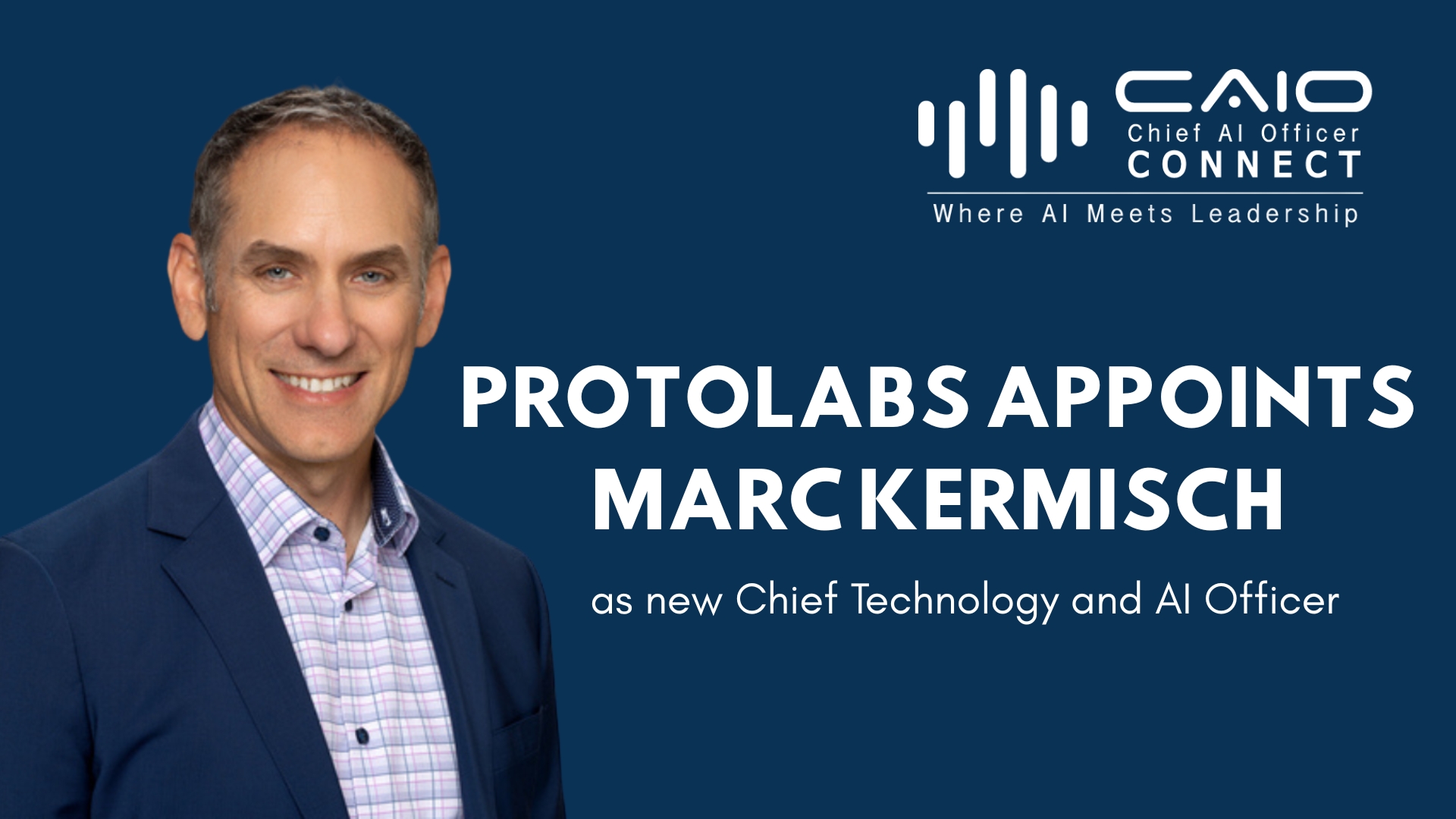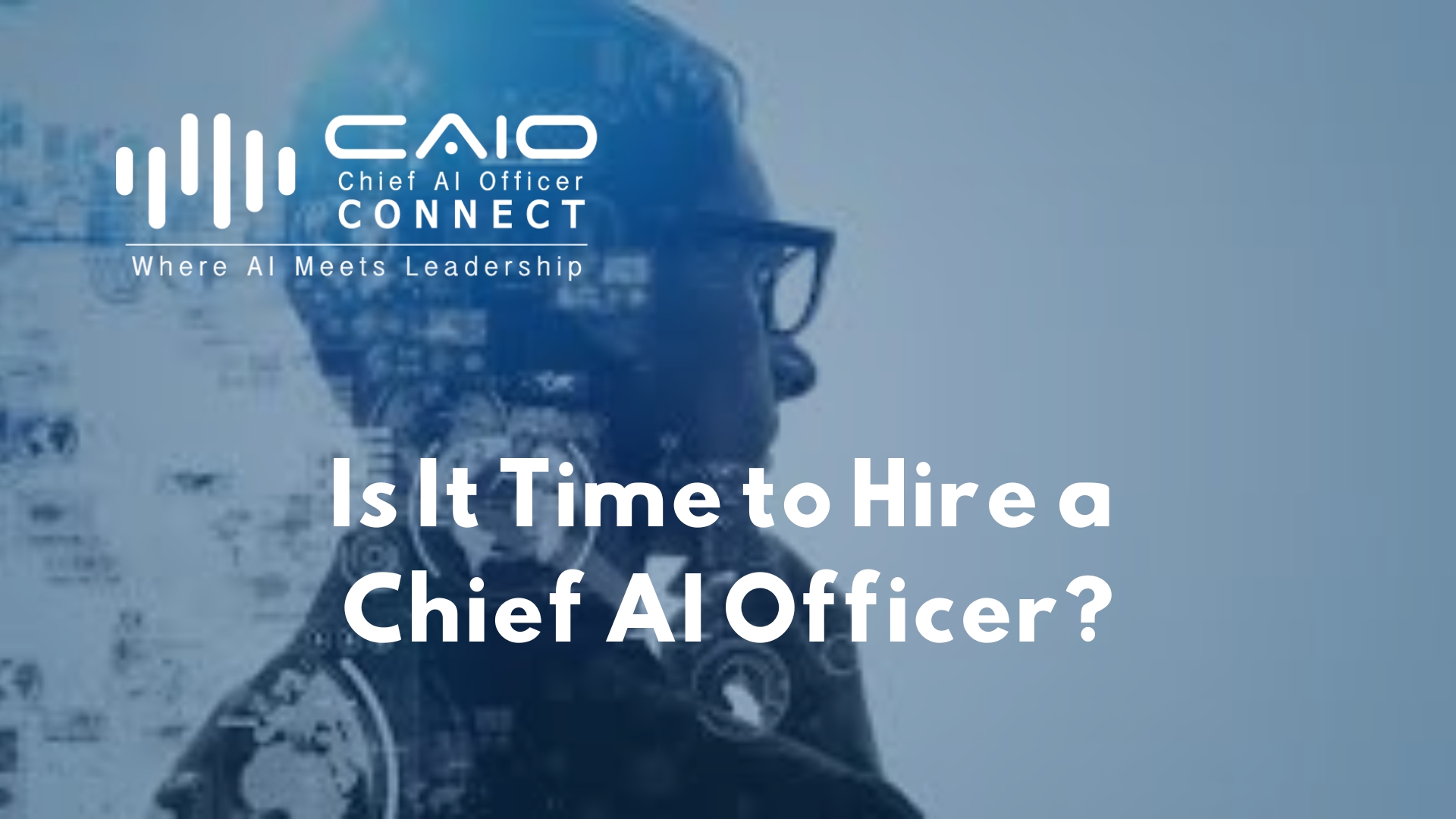Duolingo’s AI Leap: 148 New Courses, Faster Learning, and a Changing Workforce
Duolingo has taken a giant leap into the future by launching 148 brand-new language courses—all developed with the help of generative AI. This marks the biggest expansion in the platform’s history, doubling its course offerings almost overnight. It also signals a deeper shift in how education companies are beginning to rethink scale, speed, and strategy through the lens of artificial intelligence.
What would have once taken years—developing and launching high-quality language courses—was accomplished in under 12 months. AI is no longer a support tool at Duolingo; it’s becoming the driving force behind the company’s product evolution.
How AI is Accelerating Course Development
The new courses primarily focus on beginner-level content and include familiar features like Stories and DuoRadio. These aren’t just surface-level additions—they represent a significant enhancement in how content is being generated, adapted, and delivered.
By using AI to construct sentence patterns, translate conversations, and build interactive learning scenarios, Duolingo has drastically shortened the time from concept to classroom. The plan is to build on this momentum by adding more advanced content as AI models continue to evolve.
This means learners can expect quicker updates, broader language options, and a more responsive content experience overall.
Embracing an “AI-First” Philosophy
Duolingo’s strategy is also evolving behind the scenes. The company is shifting toward an “AI-first” model, which means its internal operations, hiring decisions, and even employee evaluations will be increasingly influenced by AI tools and competencies.
This shift is not just about enhancing efficiency—it’s about redefining how teams work. Routine and repetitive tasks are gradually being automated, reducing the need for certain contract roles. In turn, the company is looking for employees who can complement AI systems with strategic oversight, creativity, and adaptability.
Mixed Reactions From the Learning Community
As with any significant change, this AI-driven transformation has sparked a range of reactions. On one hand, learners are excited to see new languages and expanded course options—especially in niche or less commonly taught languages. On the other hand, concerns have surfaced about the authenticity and depth of AI-generated content, particularly in capturing cultural nuance or teaching complex grammar structures.
Many users value Duolingo’s playful, personalized tone, and some worry that a more machine-driven approach might compromise that connection. Duolingo, for its part, appears aware of these concerns and is likely to continue refining the blend of AI and human oversight.
What This Means for the Future of EdTech
Duolingo’s recent developments offer a preview of what’s to come in the education technology space. AI can drastically scale operations, speed up delivery, and bring personalized learning to more people around the world. But with this power comes responsibility—to ensure quality, safeguard cultural accuracy, and remain transparent with users.
The company’s bold move may not be perfect, but it’s undoubtedly a signal that the future of learning is being written—with AI as the pen.

